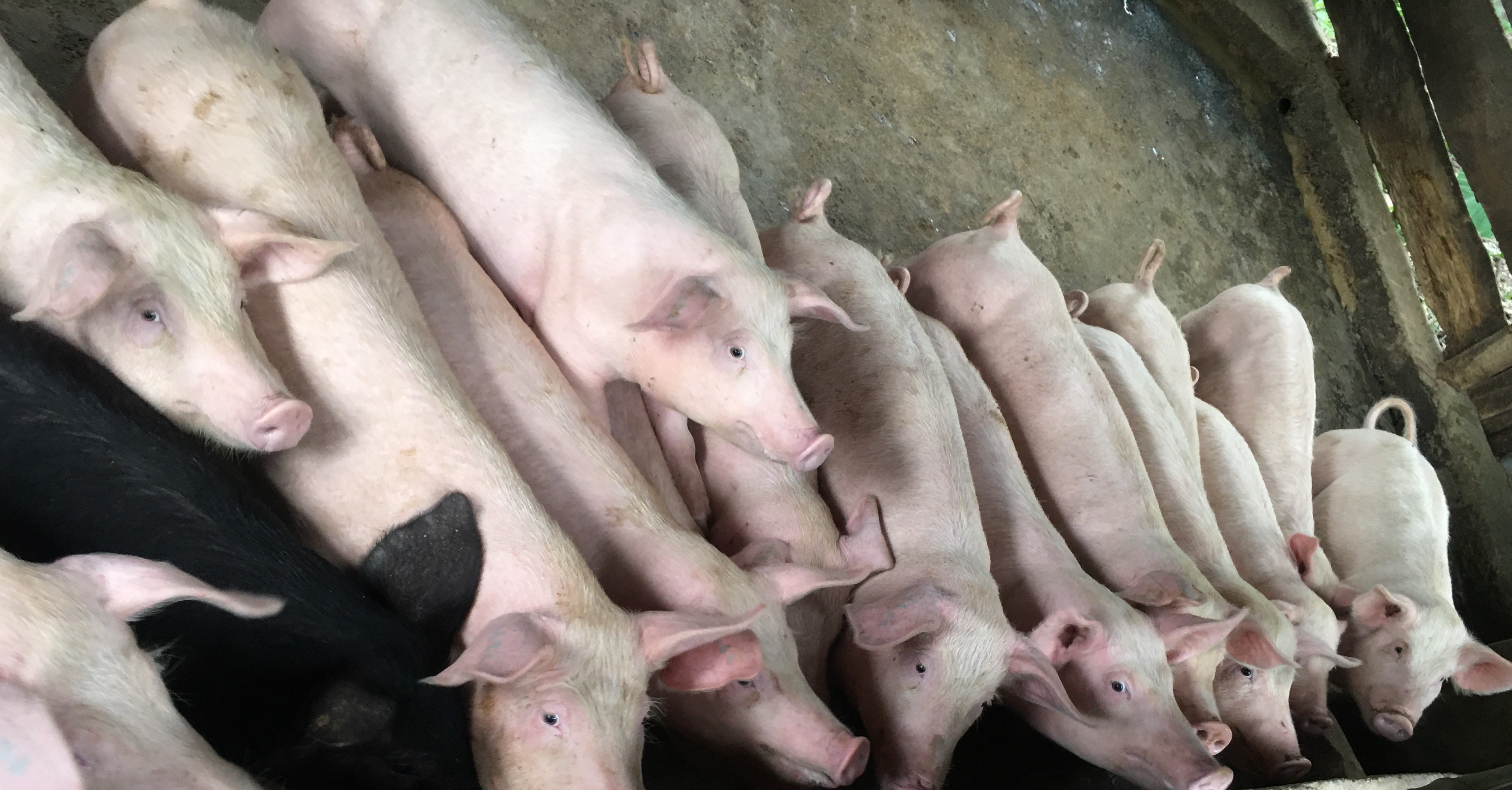Analysis of pigs mortality at national nucleus pig breeding centre, Yusipang
Keywords:
Hepatic, pig, molecular analysis, mortality, suckler, weanerAbstract
A retrospective study was conducted to understand the extent and causes of mortality in pigs at the National Nucleus Pig Breeding Centre, Yusipang.
This study used secondary data on pig deaths, observed clinical signs recorded and molecular laboratory reports to assess the extent and causes of mortality. The data were analysed descriptively using Microsoft excel. The farm average mortality rate was recorded at 6.78 in 2018-19. Highest mortality rate was recorded in adult pigs (13.3%), followed by sucklers (5.9%), weaners (5%) and growers (2.9%). Seasonally, the highest mortality was recorded between October to January and December to February in the sucklers and weaners, respectively. Majority of the mortality in sucklers (97.6%) and weaners (67.7%) are recorded as sudden death. Similarly, a large number of growers (31%) are also recorded to have died suddenly, followed by lameness (24.1%), Blue ear (20.7%). In the adult group, highest case reported was associated with Chronic illness and weakness (27.3%) followed by digestive related illness (21.2%), high respiration (15.2%) and reproductive problems (12.1%). As per the necropsy findings, cause of highest death was due to hepatic disorder (28.9%) followed by cardiopathy (15.6%), and respiratory infection and septicaemia (12.5%). The main isolates in the bacterial infection and septicaemia were Escherichia coli, Erysipelothrix rhusiopathiae, Klebsiella, Streptococcus and Staphylococcus. Salmonella was isolated from diarrhoeal cases in piglets in the month of May 2019. Similarly, Staphylococcus hyicus, Streptococcus, Corynebacterium, Actinomyces, Actinobacillus and Escherichia coli were also isolated from animals with reproductive disorder. Molecular analysis confirmed negative against ASF, CSF, PRRS and Brucellosis. The three main steps in biosecurity measures -segregation, cleaning and disinfection needs to be strictly instituted. NNPBC should have adequate space for isolation of the sick animals, proper water supply for cleaning and adequate stock of disinfectants for routine disinfection. Additionally, proper health monitoring of the animals also needs attention.

Downloads
Published
License
Copyright (c) 2021 Bhutan Journal of Animal Science

This work is licensed under a Creative Commons Attribution 4.0 International License.





